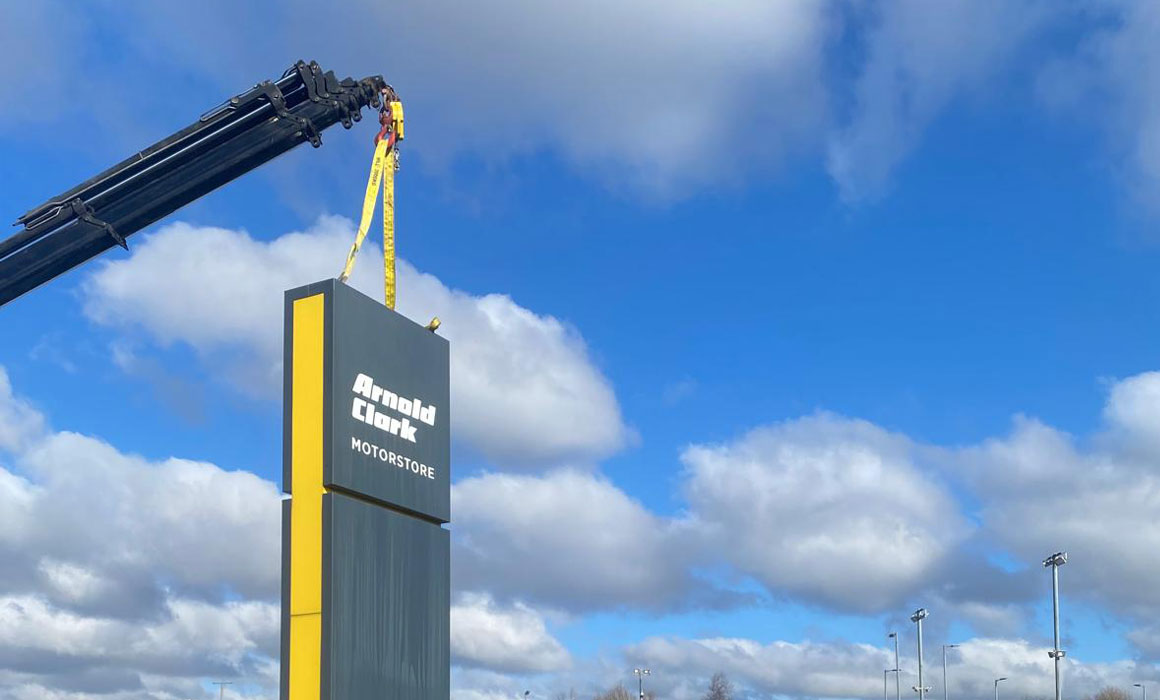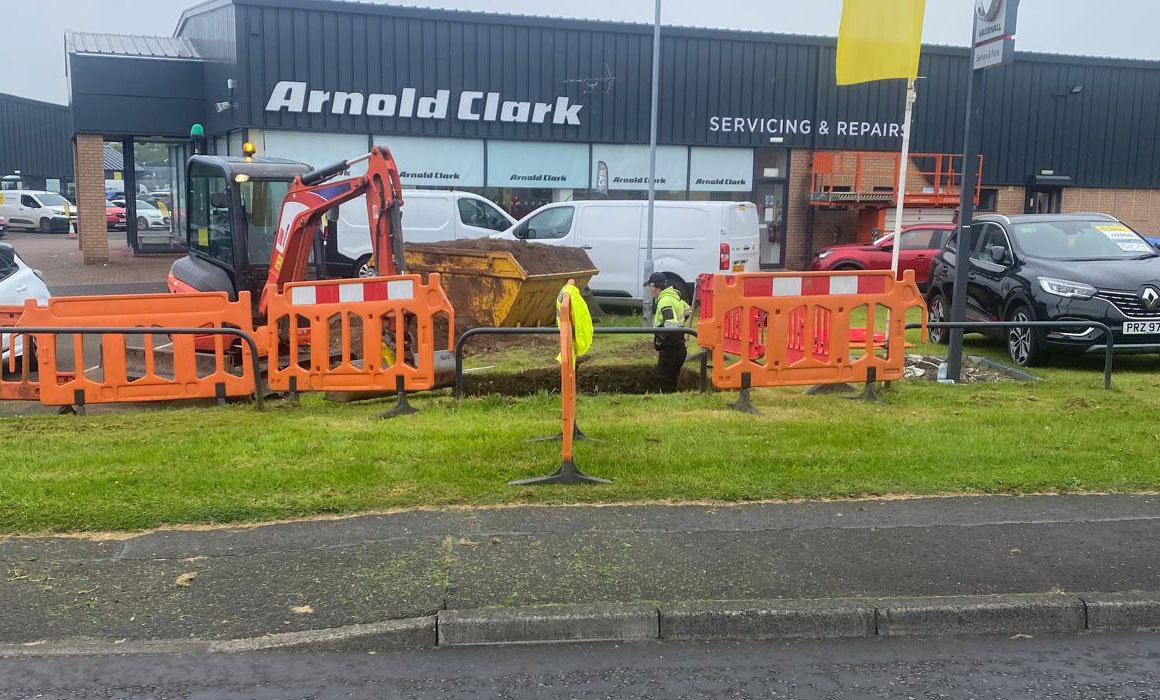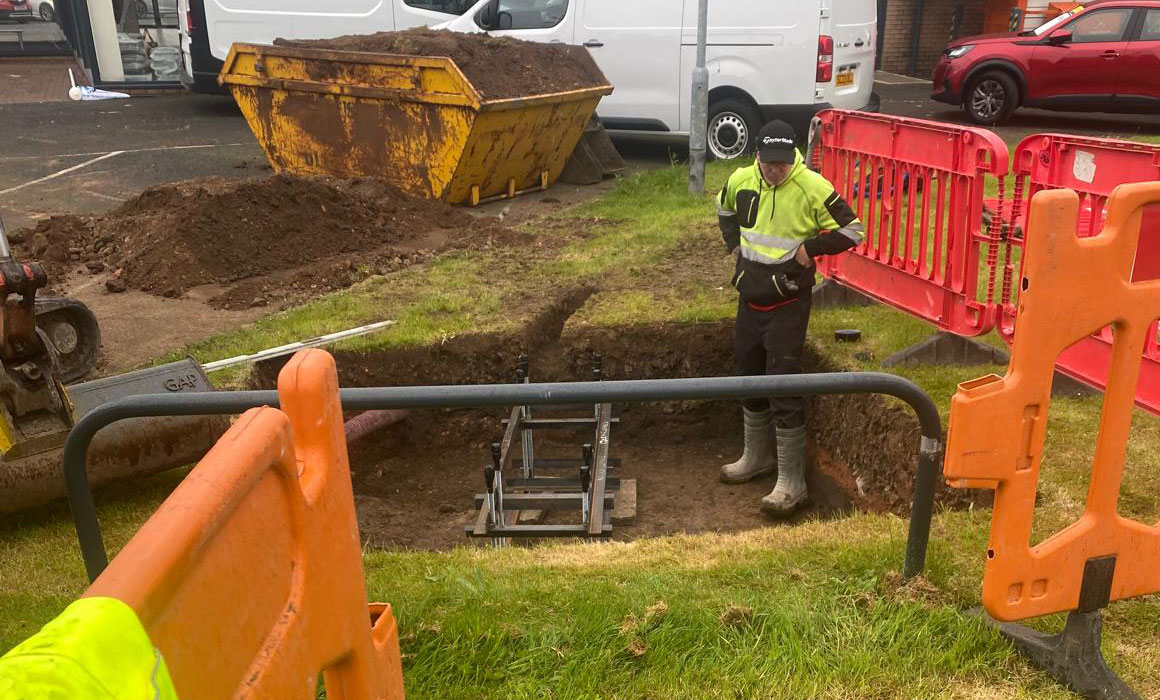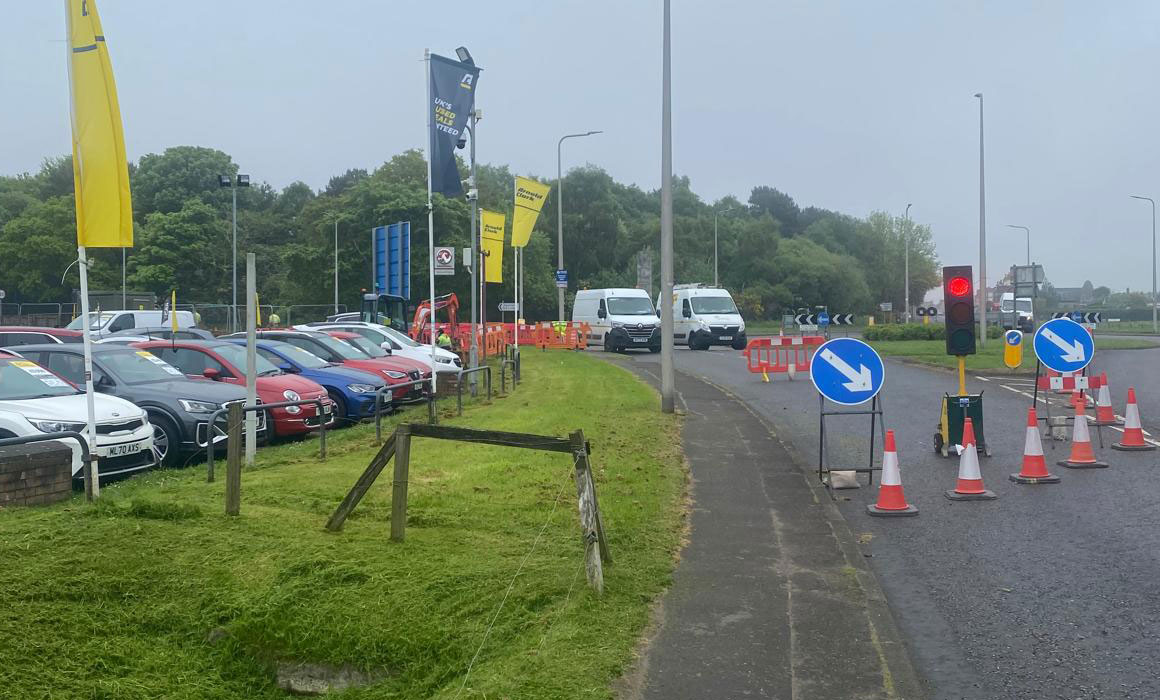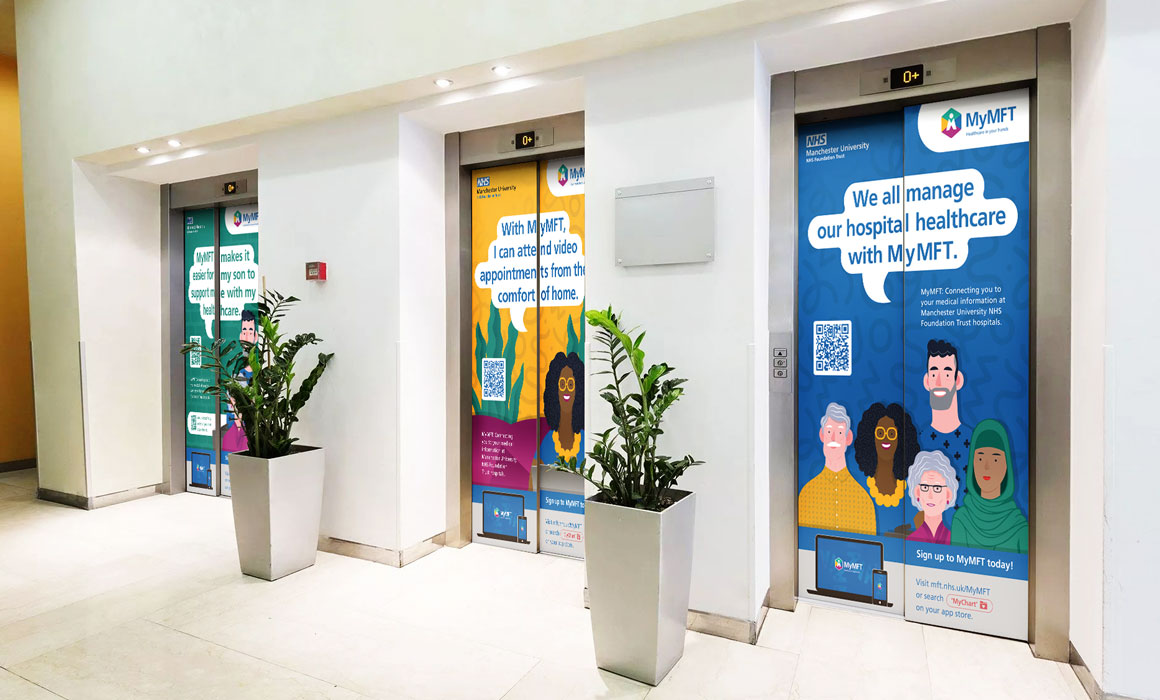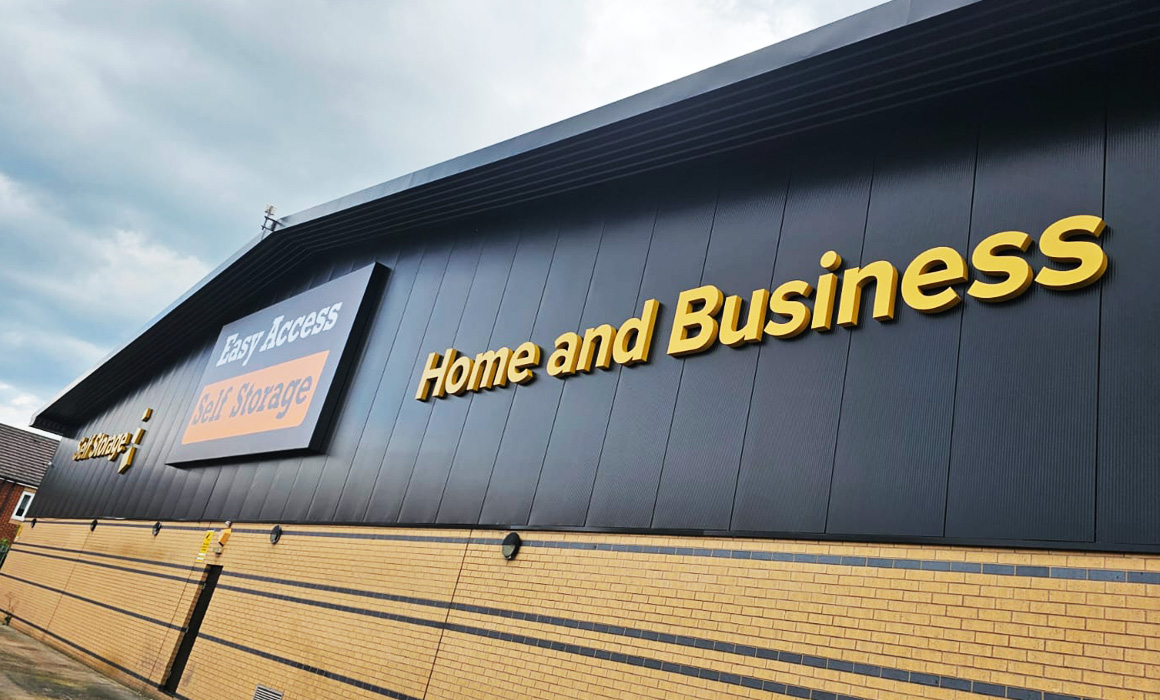Totem signs have become a staple in modern signage, offering a unique blend of visibility, durability and aesthetic appeal.
Whether you’re driving down a busy road or entering a corporate campus, these towering structures are hard to miss.
In this post, we’ll explore the history of totem signs, discuss the various materials and specifications they can be made from, and provide insights on ordering, maintaining, and installing them.
We’ll also touch on the importance of structural calculations, the EN 1090 standard, and legal considerations to keep in mind.
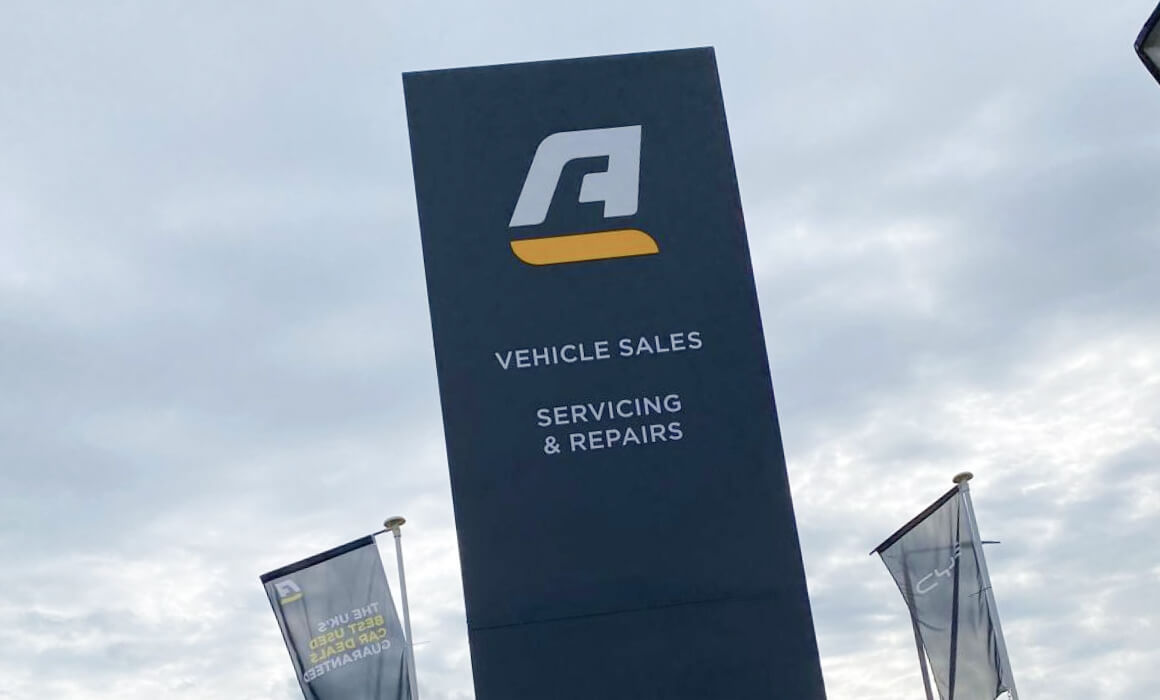
The History of Totem Signs
The term “totem” originally comes from the Native American word “odoodem,” which refers to a spiritual symbol representing clans or tribes.
Traditionally, totems were carved from wood and stood tall as markers of cultural heritage and identity. While the totem signs we see today are far removed from these ancient symbols, they share the same fundamental purpose: to stand tall and be seen.
Modern totem signs began to emerge in the mid-20th century, evolving alongside advancements in materials and manufacturing techniques. Initially used for petrol stations and roadside businesses and hotels, totem signs quickly became a popular choice for businesses because of their ability to convey information from a distance and create a strong brand presence.
Materials and Specifications: Crafting the Perfect Totem Sign
Totem signs can be customised to suit any business need, and the choice of materials plays a critical role in their durability, appearance, and functionality.
- Aluminium
Lightweight, rust-resistant and highly durable, aluminium is a popular choice for cladding totem signs. It offers flexibility in design and can withstand harsh weather conditions.
- Steel
For larger, more structurally demanding signs and their frameworks; steel provides the necessary strength and stability. It’s often galvanised to prevent corrosion.
- Acrylic
Used for illuminated sections or accents, acrylic adds a sleek, modern touch to totem signs. It allows for vibrant, backlit graphics that stand out day and night.
- Composite Panels
These materials combine the best properties of metals and plastics, offering strength, lightweight and excellent weather resistance.
When designing a totem sign, it’s crucial to consider the height, width and overall structure to ensure it meets your visibility needs while remaining structurally sound.
What You Need to Know About Ordering, Installing and Maintaining Totem Signs
1. Ordering a Totem Sign
- Site Survey
Before placing an order, conduct a thorough site survey to determine the best location for the totem sign. Consider visibility, foot traffic, and any potential obstructions.
- Regulatory Compliance
Check with the local authority regarding any necessary permits and compliance with advertisement regulations. Some areas have restrictions on sign height, lighting and placement.
- Design Considerations
Work closely with your signage provider to design a sign that aligns with your brand identity and meets the functional requirements. Consider illumination options, text size and colour contrast for maximum impact.
2. Installing a Totem Sign
- Structural Calculations
Proper structural calculations are essential to ensure the stability and safety of the totem sign. This includes accounting for wind loads, foundation depth and material strength. In Europe, compliance with the EN 1090 standard, which governs the fabrication and assembly of steel and aluminium structures, is mandatory.
- Foundation and Anchoring
The foundation must be designed to support the weight and height of the sign, taking into account soil conditions and environmental factors. Proper anchoring is critical to prevent tilting or collapse.
- Electrical Installation
For illuminated signs, ensure that all electrical work is carried out by certified professionals, adhering to local electrical codes and safety standards.
3. Maintaining a Totem Sign
- Regular Inspections
Schedule regular inspections to check for any signs of wear, corrosion or structural damage. This is particularly important for illuminated signs, where electrical components may need servicing.
- Upkeep
Keep the sign clean and free of debris to maintain its appearance and readability. Address any minor repairs promptly to avoid more significant issues. Consider upgrading lighting or graphics as needed to keep the sign looking fresh and relevant.
The Importance of EN 1090 Certification
For totem signs made of steel or aluminium, compliance with EN 1090 is not just a legal requirement; it’s a critical aspect of ensuring the sign’s structural integrity. EN 1090 certification ensures that the fabrication process meets stringent European standards for safety and quality. Working with a signage provider that is EN 1090 certified gives you confidence that your totem sign will stand the test of time.
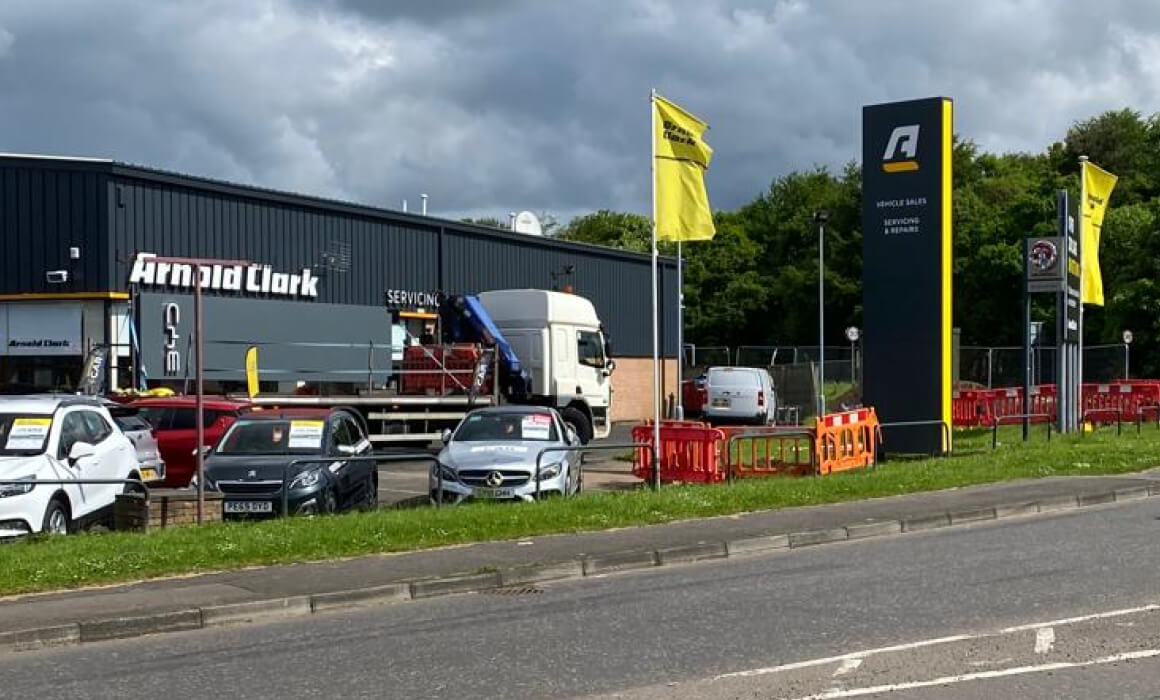
A Powerful Tool
Totem signs are a powerful tool for enhancing your brand’s visibility and making a strong statement.
We can help you make informed decisions that ensure your totem sign is not only eye-catching but also safe and compliant.
We specialise in designing, fabricating, and installing totem signs and know what’s needed to ensure you meet the highest standards of quality and durability. Contact us today to discuss how we can help you create the perfect totem sign for your business.

